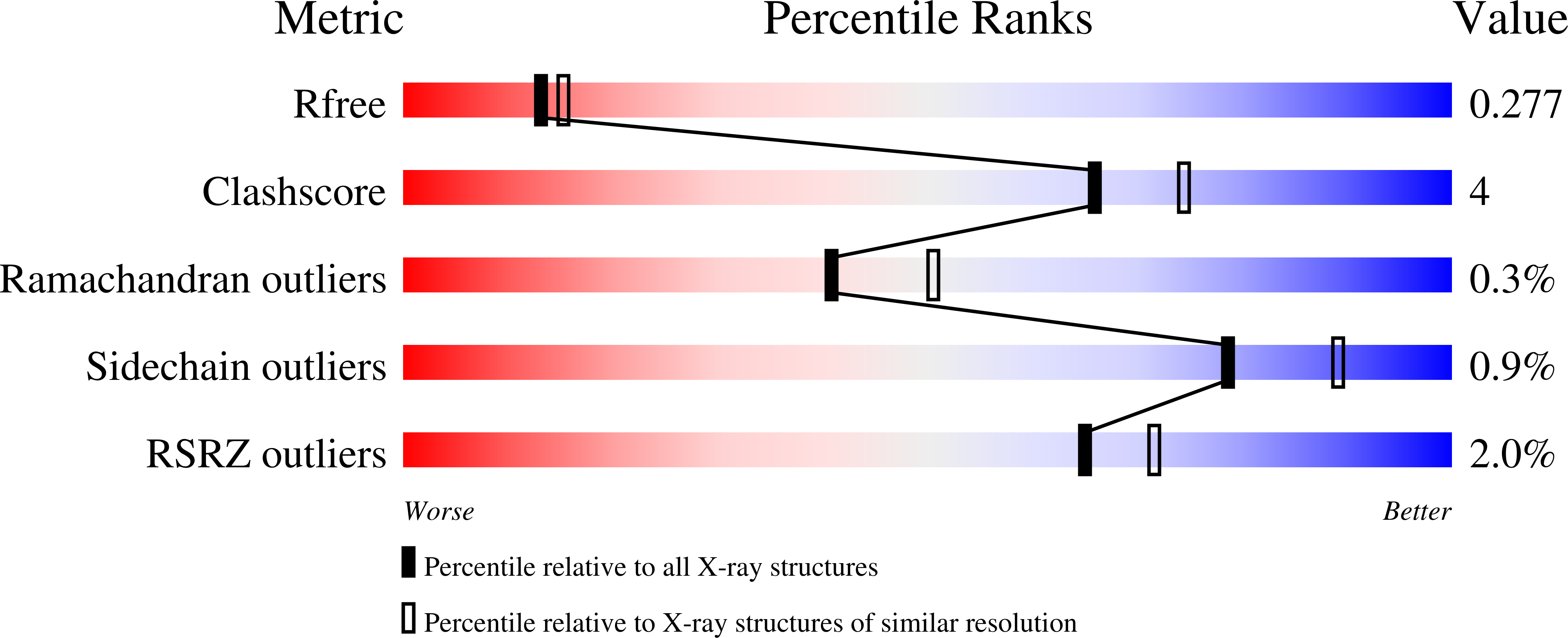
Deposition Date
2021-05-01
Release Date
2022-02-16
Last Version Date
2023-10-18
Entry Detail
PDB ID:
7MO6
Keywords:
Title:
Guanosine Monophosphate Synthase from Aspergillus fumigatus Af293
Biological Source:
Source Organism:
Aspergillus fumigatus Af293 (Taxon ID: 330879)
Host Organism:
Method Details:
Experimental Method:
Resolution:
2.30 Å
R-Value Free:
0.27
R-Value Work:
0.23
R-Value Observed:
0.23
Space Group:
P 1 21 1


